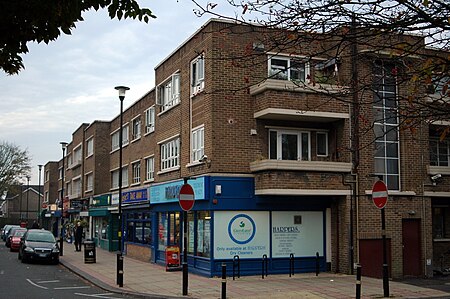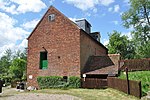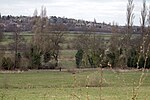Walmley
Areas of Birmingham, West MidlandsEngvarB from February 2018Sutton Coldfield

Walmley is a suburban village situated in the civil parish of Sutton Coldfield, West Midlands. It lies within the City of Birmingham on its northeastern outer fringe, where it forms part of the Sutton Walmley and Minworth electoral ward. It is in southern Sutton Coldfield, close to Minworth, Wylde Green, Pype Hayes and south of Thimble End. It is approximately 7 miles (11.3 km) northeast of Birmingham City Centre. It is the main focus of the Sutton New Hall Birmingham City Council ward.
Excerpt from the Wikipedia article Walmley (License: CC BY-SA 3.0, Authors, Images).Walmley
Walmley Close, Birmingham
Geographical coordinates (GPS) Address Nearby Places Show on map
Geographical coordinates (GPS)
| Latitude | Longitude |
|---|---|
| N 52.540464 ° | E -1.800289 ° |
Address
Walmley War Memorial
Walmley Close
B76 1NQ Birmingham
England, United Kingdom
Open on Google Maps








